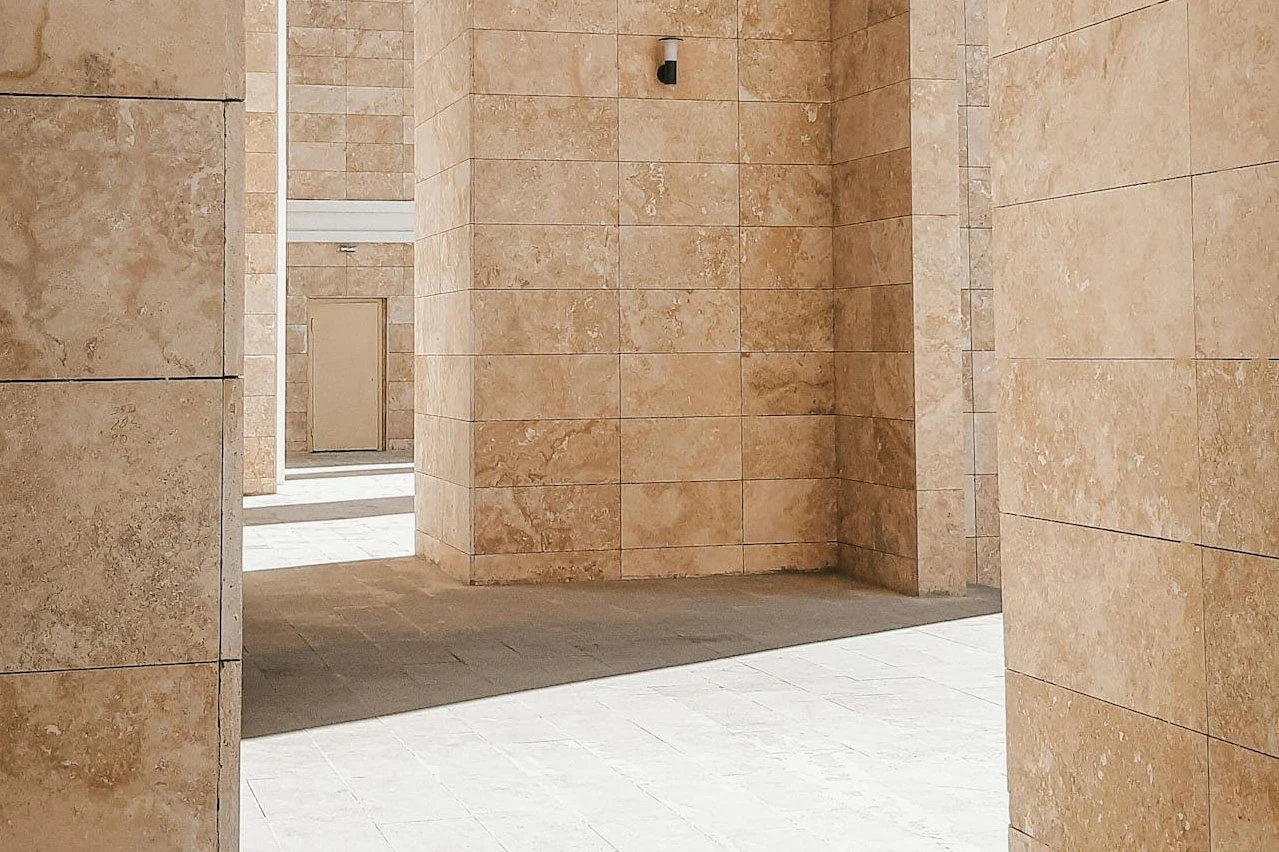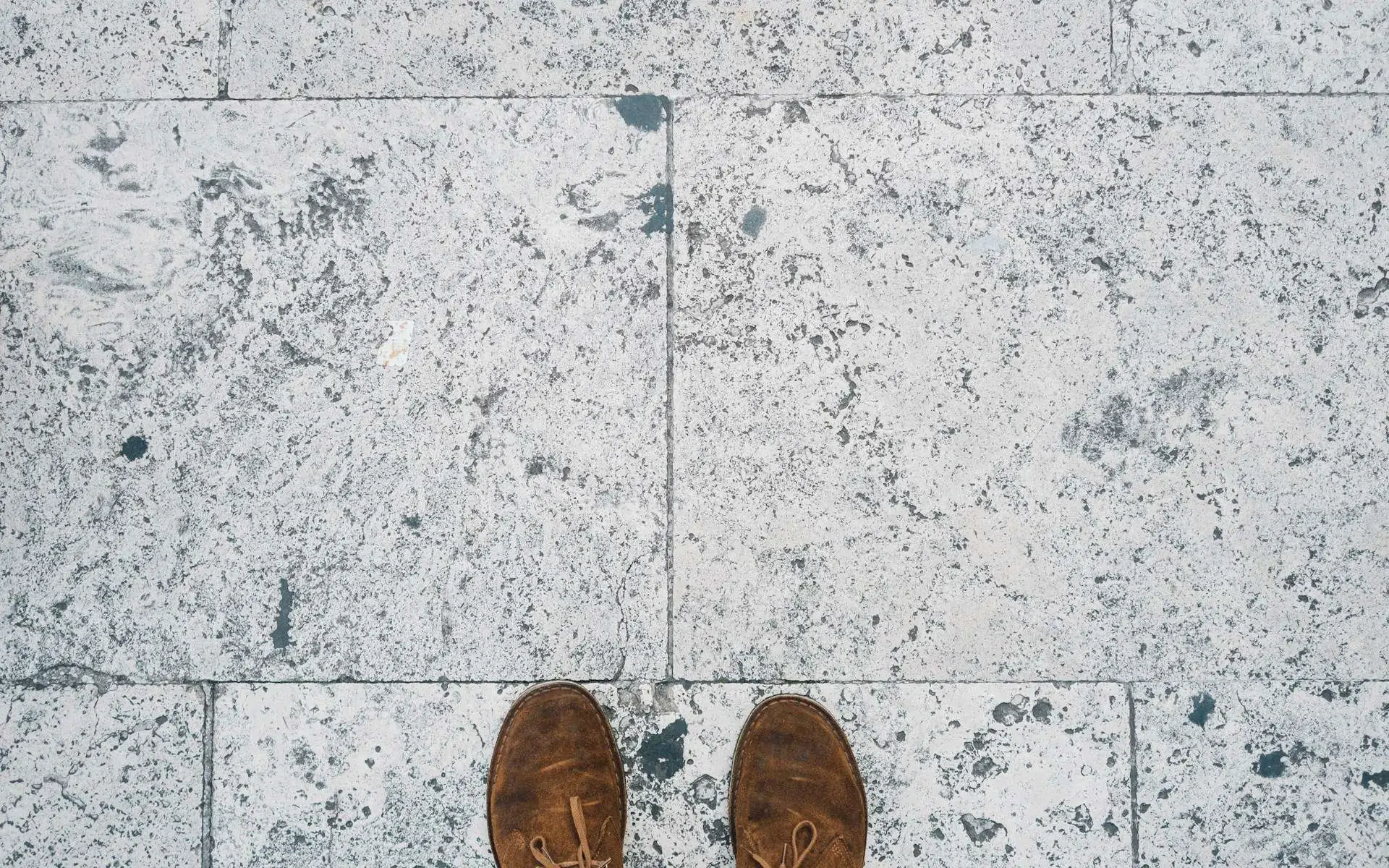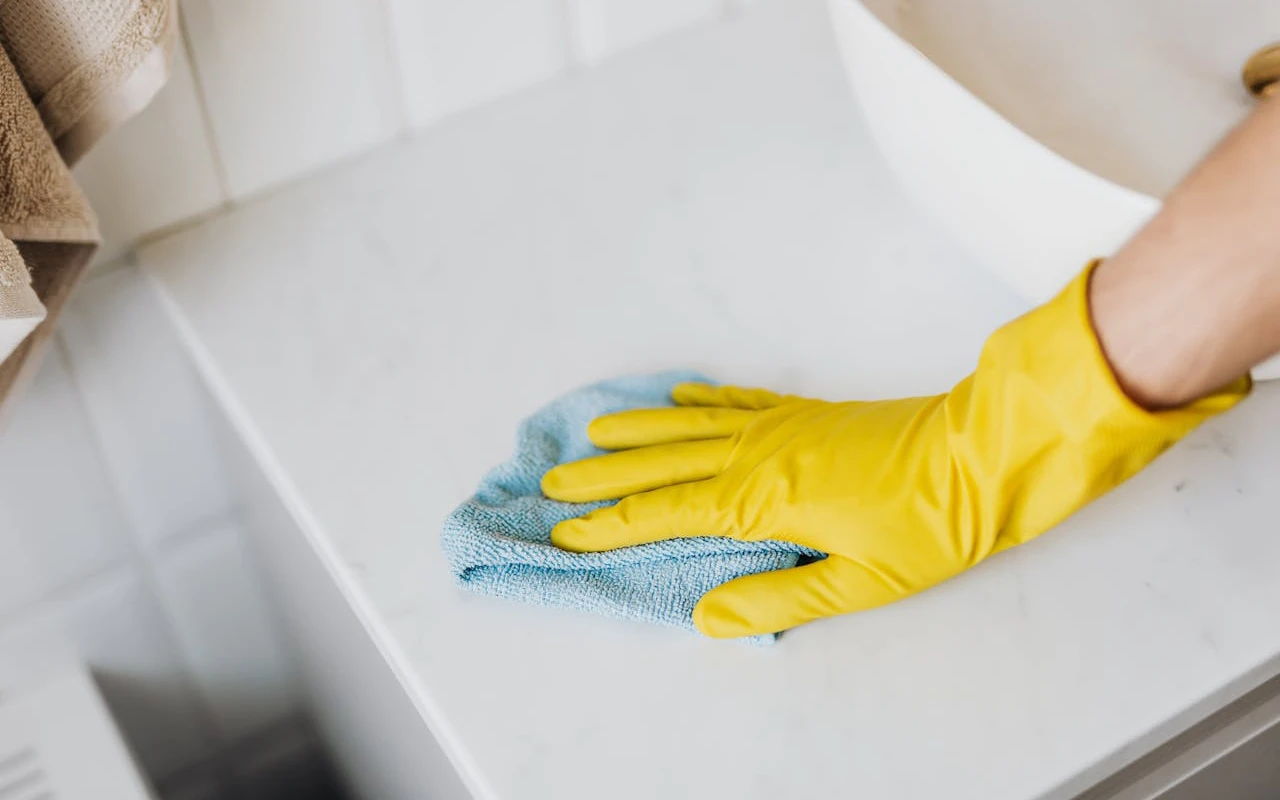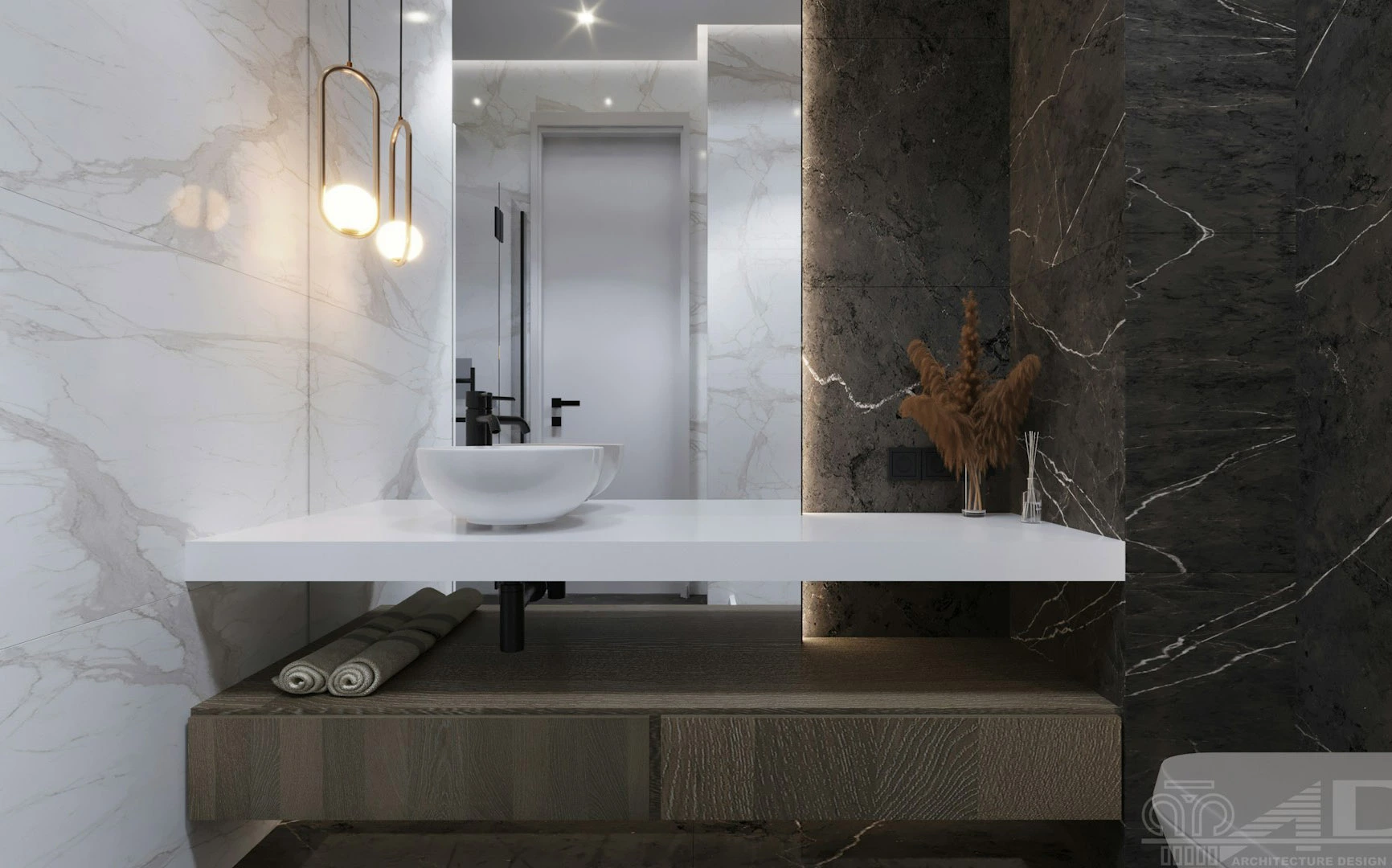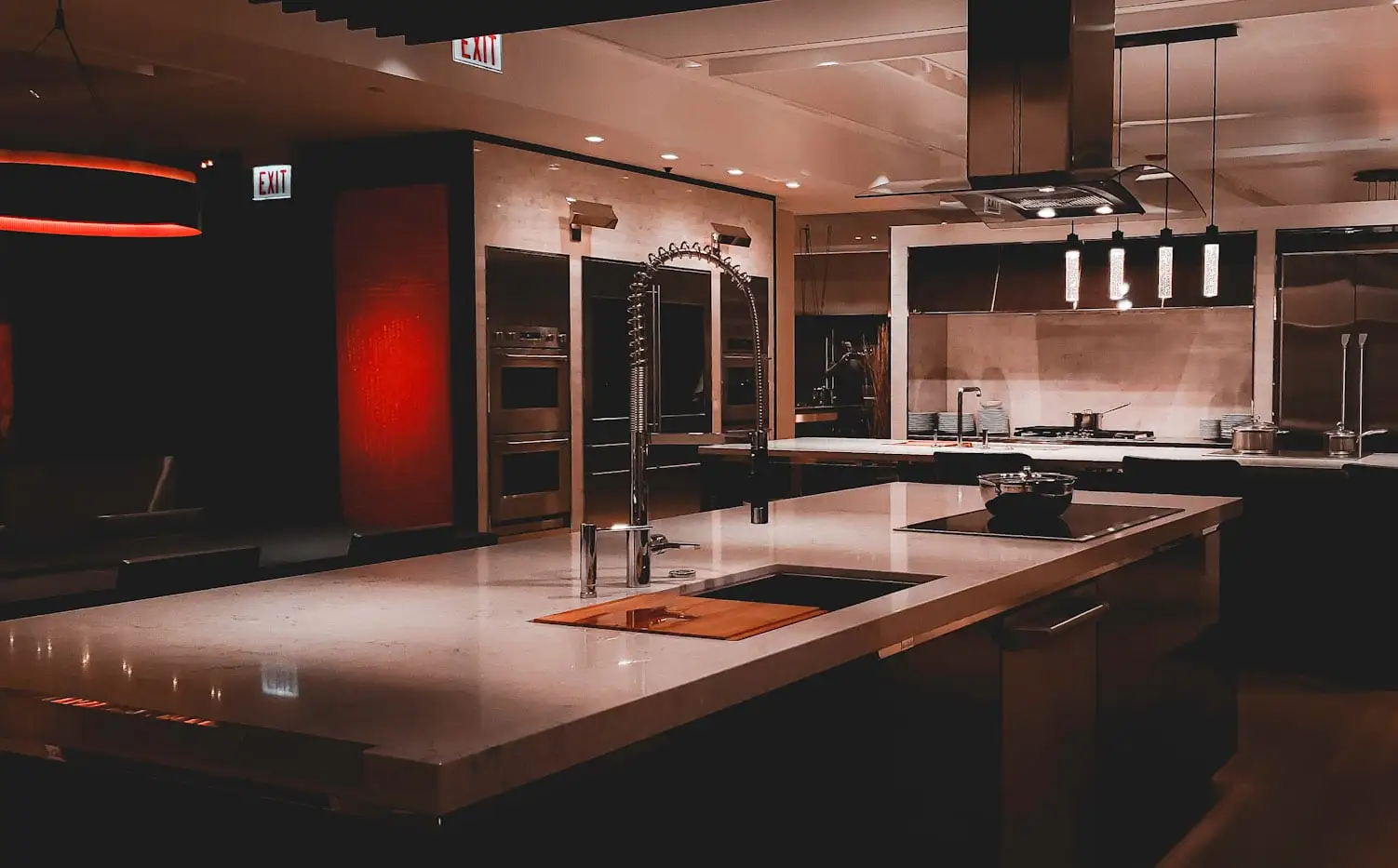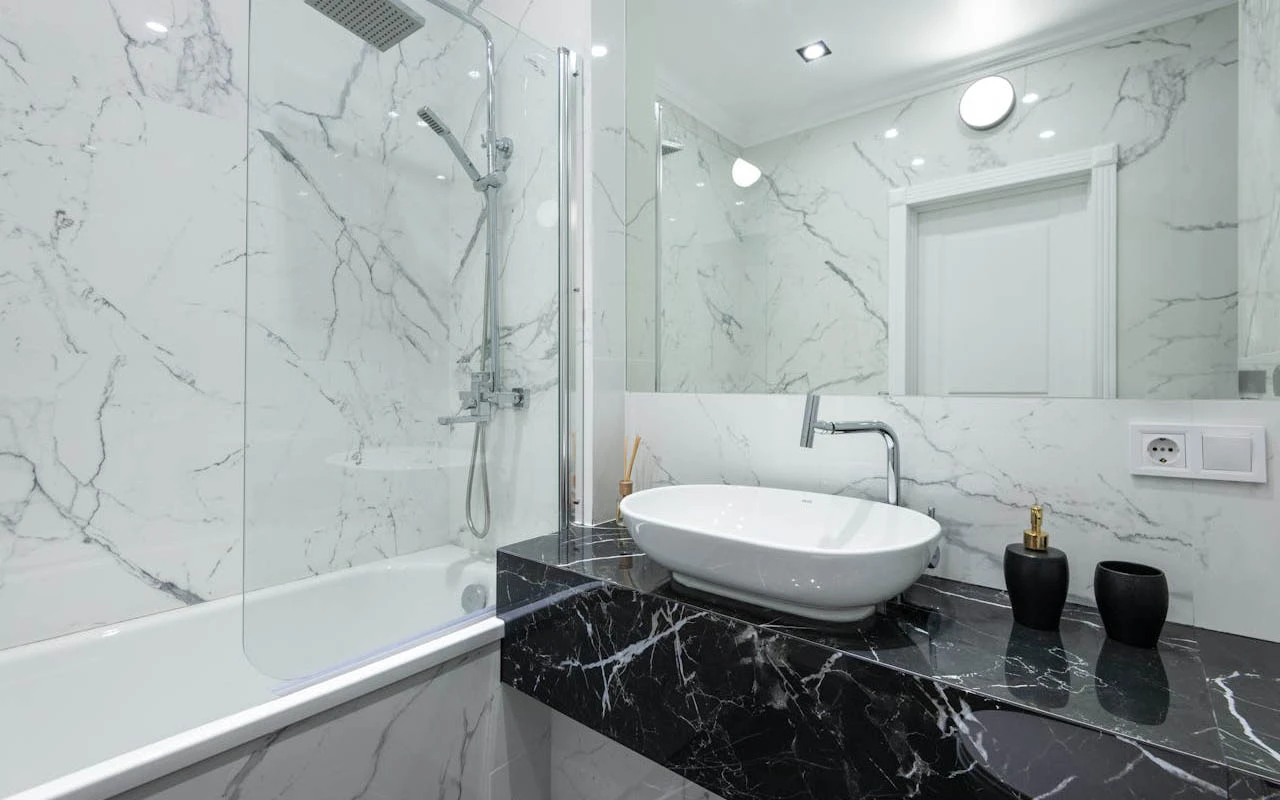Marble is elegant. It’s timeless. It’s luxurious. But in a busy home—kids running around, guests dropping wine, pets adding chaos—it can also be a source of stress. The truth is, marble will stain if not treated with care. But that doesn’t mean you need to baby it or give up on having it in your space.
Here’s how to prevent marble staining in high-traffic homes—without compromising on beauty or function.
🧪 1. Why Marble Stains: Understanding the Problem
Marble is a metamorphic stone composed largely of calcium carbonate. That makes it porous and reactive—especially to acids and oils.
Common stain offenders include:
Red wine, coffee, tea, and fruit juice
Tomato sauce, citrus, vinegar
Cooking oils and butter
Bathroom products (makeup, mouthwash, hairspray)
Rust from metal containers
In high-traffic areas like kitchens, entryways, or bathrooms, marble is especially vulnerable.
Stoneman Insight: Most marble stains aren’t permanent—but they’re easier to prevent than fix.
🧽 2. Choose the Right Marble Finish
There’s a common misconception that all marble behaves the same. Not true.
Polished marble is shiny and reflective, but shows etches and stains more clearly.
Honed marble has a matte finish that hides imperfections better.
✅ Best choice for high-traffic areas: Honed marble
It’s less slippery, camouflages scratches and etching, and is easier to maintain over time.
🛡️ 3. Seal It Like You Mean It
Sealing is your first line of defense. A good marble sealer penetrates the pores and repels moisture, oils, and stains.
Tips:
Use a penetrating sealer (not just a topical one)
Reseal every 6–12 months, depending on usage
Don’t forget vertical surfaces (backsplashes, walls)
Test if it needs resealing: drop water on it. If it darkens, it’s time to reseal
Pro Tip: Always clean marble before sealing—trapped dirt can get locked in.
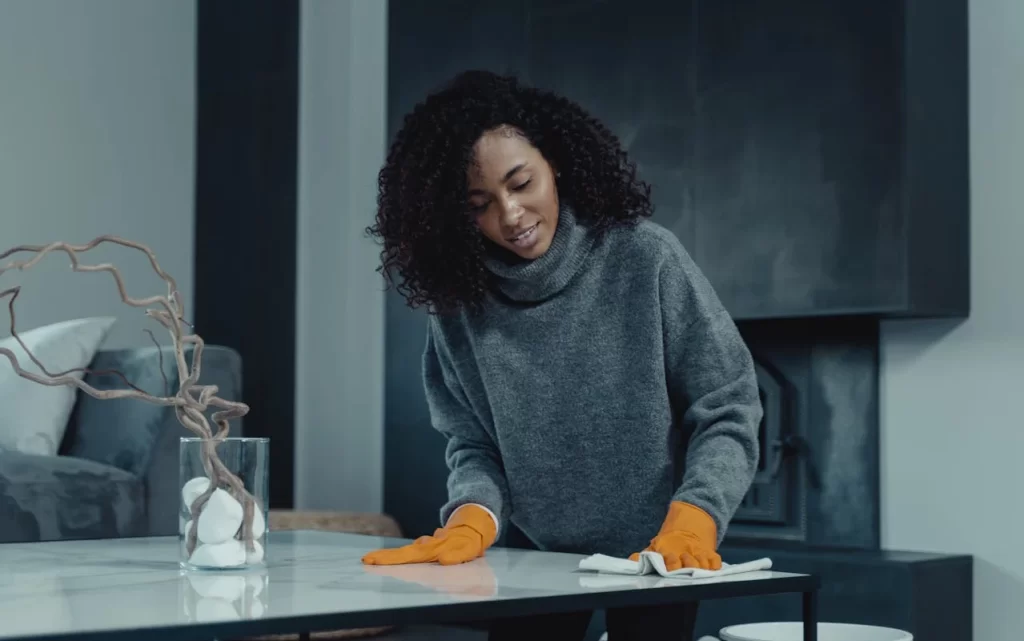
🧼 4. Daily Maintenance That Actually Works
Luxury doesn’t have to mean high-maintenance—if you know the routine.
Wipe spills immediately (especially acidic or oily ones)
Use pH-neutral stone cleaner (never vinegar, bleach, or harsh chemicals)
Opt for soft microfiber cloths or a mop—avoid abrasives
Lay rugs or runners in entryways and hallways to catch dirt and grit
Use trays under toiletries and oils in bathrooms
Avoid:
× Multi-purpose sprays
× DIY “lemon & baking soda” mixes
× Letting water sit on countertops
🧠 5. Smart Design Choices = Long-Term Wins
Design with maintenance in mind. Small choices = big impact over time.
✅ Use darker or patterned marble in kitchens to hide wear
✅ Install backsplash slabs that can be sealed & cleaned easily
✅ Go for mosaic marble tiles in wet areas—less slipperiness, more grip
✅ Consider marble-look quartz in ultra-busy areas for the same style, less stress
💬 Final Word: You Don’t Have to Baby Your Stone
Marble has been used for thousands of years in public temples, castles, and palaces. If they can handle centuries of foot traffic, so can your home—with the right prep.
So go ahead—let the kids run wild, host the dinner party, live a little.
Your marble can take it.

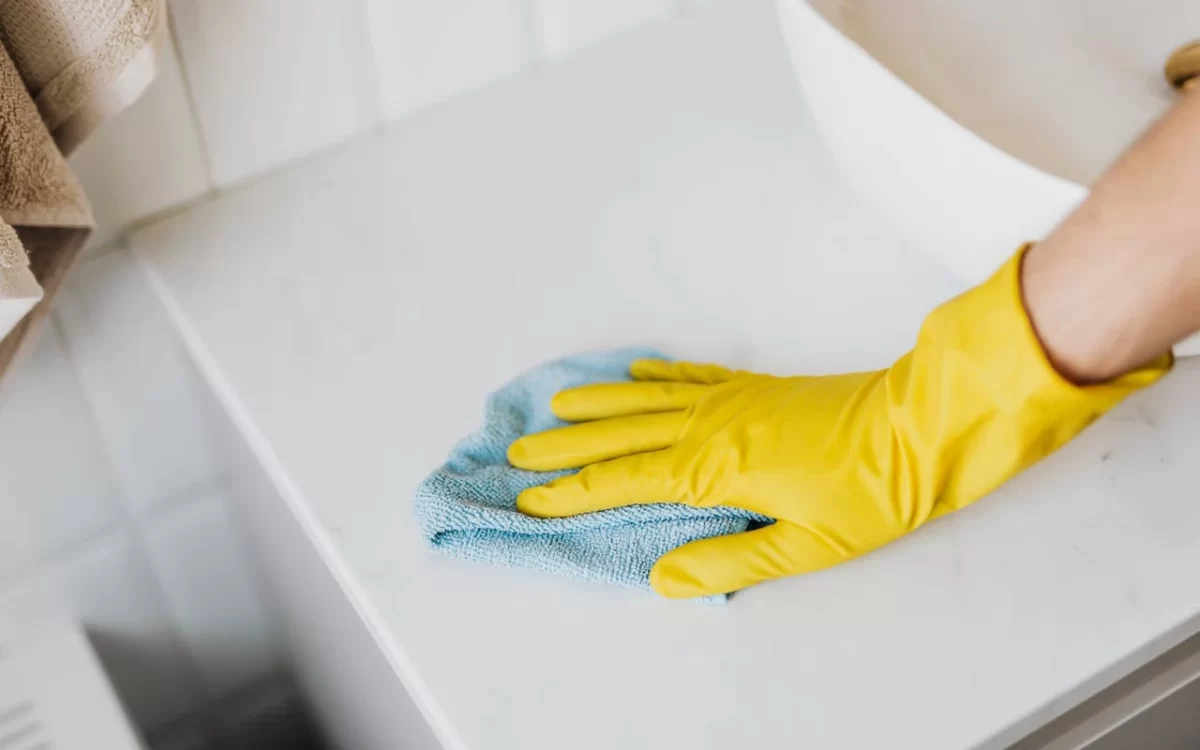
 Related Reads on Stoneman Magazine:
Related Reads on Stoneman Magazine: